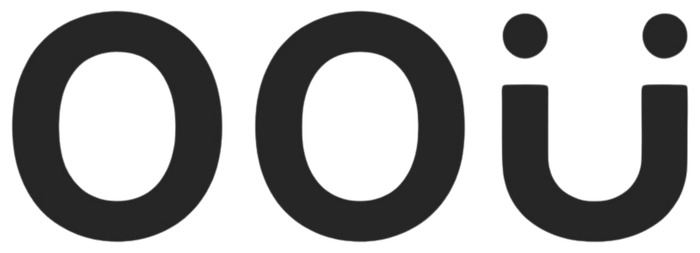How To Build A Good Website
There's a LOT going on behind the pretty web pages that determines the success or failure of your investment. Most clients struggle to justify paying a quality agency 2-3x the price of a freelancer. This happens because clients tend to see value in the visual delivery of the website itself, rather than the unseen mechanics doing all the important work. This generally results in purchasing a cheaper option that doesn't actually create the value you've paid for. In this article we'll get you thinking by highlighting what drives REAL website performance, conversion & sales.
1. Through Contrast
Visitors should clearly see on your homepage or landing page why they should do business with you and the benefit of it. We have an awesome article that describes website conversion psychology.
2. Mobile first responsive design
In 2018 alone 52.2% of all global web traffic was via mobile phones. Mobile-first design is exactly as it sounds: designing & coding for mobile first and then scaling up to larger screens from there. What are the benefits? Well traditionally website are built from the largest screen first and then just altered to fit a smaller screen for mobile. The smaller screen becomes an afterthought with less content. Being that phones are smaller and generally slower than computers, building and loading for mobile first means that your site loads faster and doesn't compromise on design elements.
After Eric Schmidt’s announcement at the Mobile World Congress in 2010, 8 years later Google followed up on the warning announcing that they now use mobile-first indexing for over half of all web pages globally. Mobile-first indexing means that Google will look at the mobile version of a website in order to rank it before the desktop version. By using the mobile-first design strategy web designers can greatly increase the chances of a website ranking higher on Google.
3. Search Engine Optimization
While paid advertising, social media, and other online platforms can generate traffic to websites, the majority of online traffic is driven by search engines. Organic search results cover more digital real estate, appear more credible to savvy searchers, and receive way more clicks than paid advertisements. For example, of all US searches, only ~2.8% of people click on paid advertisements.
SEO is one of the only online marketing channels that, when set up correctly, can continue to pay dividends over time. If you provide a solid piece of content that deserves to rank for the right keywords, your traffic can snowball over time, whereas advertising needs continuous funding to send traffic to your site. Search engines are getting smarter, but they still need our help. Proper website SEO setup will deliver better information to search engines so that your content can be properly indexed and displayed within search results.
4. Website analytics
There's an old business adage that whatever is worth doing is worth measuring. Website analytics provide insights and data that can be used to identify what makes a better user experience for website visitors. Understanding customer behavior is also key to optimizing a website for key conversion metrics. For example, web analytics will show you the most popular pages on your website, and the most popular paths to purchase. With website analytics, you can also accurately track the effectiveness of your online marketing campaigns to help inform future efforts.
5. A/B Testing
If you're not A/B testing your site, you're leaving money on the table. The only way to truly evaluate your conversion funnel and marketing campaign is to get data directly from your customers behavior. A/B testing lets you do just that. Using the previously mentioned website analytics we can do what is also known as split testing. It is the process of comparing two versions of a web page, email, or other marketing asset and measuring the difference in performance. You do this by giving one version to one group and the other version to another group. Then you can see how each variation performs through measured analytics. Think of it like a competition. You're pitting two versions of your asset against one another to see which comes out on top. Then you modify the winner and run another round!
6. Page speed code optimization
In this impatient, fast-paced world, letting your audience wait for your website to load is a crime. 40% of people leave a website if the site's speed takes more than 3 seconds to load while every one-second delay in your page performance may result in a 7% loss in conversion rates. The nightmare doesn't end there because Google bots also hate waiting. Since April 2010, your website speed is a ranking factor for Google. It is also a crucial factor when it comes to ranking in mobile searches. Going through the code and re-working slow sections and implementing page loading tools can have massive effects that totally change website performance.


